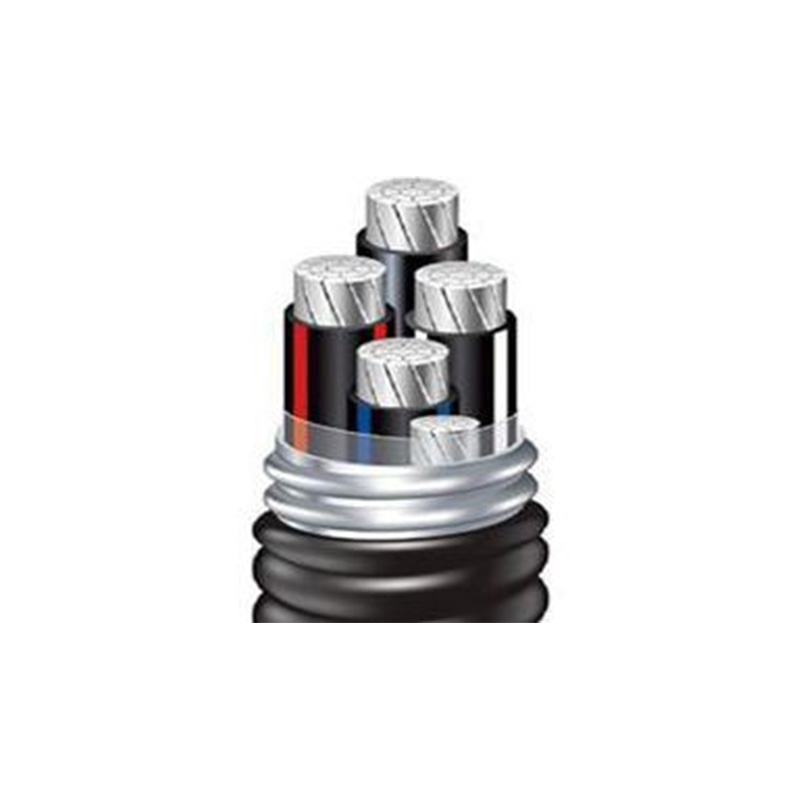Dec . 13, 2024 01:33 Back to list
Knife Gate Valve Features and Applications in Industrial Systems
Understanding Knife Gate Valves Function, Design, and Applications
When it comes to regulating the flow of fluids in industrial applications, knife gate valves have established themselves as a critical component in various systems. Often utilized in industries such as wastewater treatment, mining, and chemical processing, knife gate valves are known for their simplicity, durability, and efficiency in managing the flow of slurries, liquids, and gases.
What is a Knife Gate Valve?
A knife gate valve is a type of valve that features a sharp, knife-like blade that is lowered and raised to control the flow of materials. The design allows it to cut through thick or viscous fluids, making it particularly suitable for handling slurries that contain solids. Unlike traditional valves, which rely on a sealing seat to control flow, the knife gate valve's blade effectively slices through the material, minimizing the risk of clogging and ensuring a reliable seal when closed.
Design Features
The design of a knife gate valve is relatively straightforward yet highly functional. Key features include
1. Blade Design The blade is typically flat and made of materials such as stainless steel or carbon steel, depending on the specific application. This blade can be designed with a beveled edge for enhanced cutting ability.
2. Body Configuration Knife gate valves can be found in both bi-directional and uni-directional designs. The body is generally rectangular, which aids in flow control and provides an efficient path for the material.
3. Sealing Mechanism Unlike other valve types, knife gate valves often utilize a mechanically-driven blade that, when fully closed, provides a tight seal. This characteristic allows for minimal leakage when the valve is in the closed position.
4. Actuation Knife gate valves can be operated manually or through automated actuators, such as pneumatic or electric actuators. This flexibility allows for ease of integration into automated systems.
Advantages of Knife Gate Valves
knife gate valve

The popularity of knife gate valves can be attributed to various advantages they offer
1. Efficiency in Handling Solids One of the most significant benefits of knife gate valves is their ability to handle slurries and viscous fluids containing solids without experiencing clogging issues.
2. Cost-Effective Solution Due to their simple design and durable construction, knife gate valves often provide a cost-effective solution for flow control while requiring less maintenance compared to other types of valves.
3. Reliable and Durable These valves are built to withstand harsh conditions, including high pressures and temperatures. They are resistant to wear and corrosion, ensuring longevity in demanding environments.
4. Versatility Knife gate valves can be used in various applications, from water treatment plants to mining and pulp and paper processing. Their versatility makes them a preferred choice across multiple industries.
Applications
Knife gate valves find application in various sectors due to their unique handling capabilities
- Wastewater Treatment In treatment plants, these valves are often employed to control the flow of sludge and other waste materials effectively. - Mining Industries They manage the flow of slurry, which typically contains a significant amount of solid particles. - Chemical Processing Used for handling corrosive and viscous chemicals, knife gate valves provide reliable flow control in chemical plants.
Conclusion
Knife gate valves serve as an essential element in the management of fluid flow in numerous industries. Their unique design, combined with their ability to effectively handle solids, makes them ideal for challenging applications where others may fail. As industries continue to evolve and demand more efficient flow control solutions, knife gate valves will likely remain a staple in fluid handling technology, contributing to improved operations and cost efficiencies. Understanding their functionalities and applications can lead to better decision-making in selecting the right valve for specific industry needs, ultimately driving performance and productivity.
Share
-
Reliable Wafer Type Butterfly Valves for Every IndustryNewsJul.25,2025
-
Reliable Flow Control Begins with the Right Ball Check ValveNewsJul.25,2025
-
Precision Flow Control Starts with Quality ValvesNewsJul.25,2025
-
Industrial Flow Control ReliabilityNewsJul.25,2025
-
Engineered for Efficiency Gate Valves That Power Industrial PerformanceNewsJul.25,2025
-
Empowering Infrastructure Through Quality ManufacturingNewsJul.25,2025